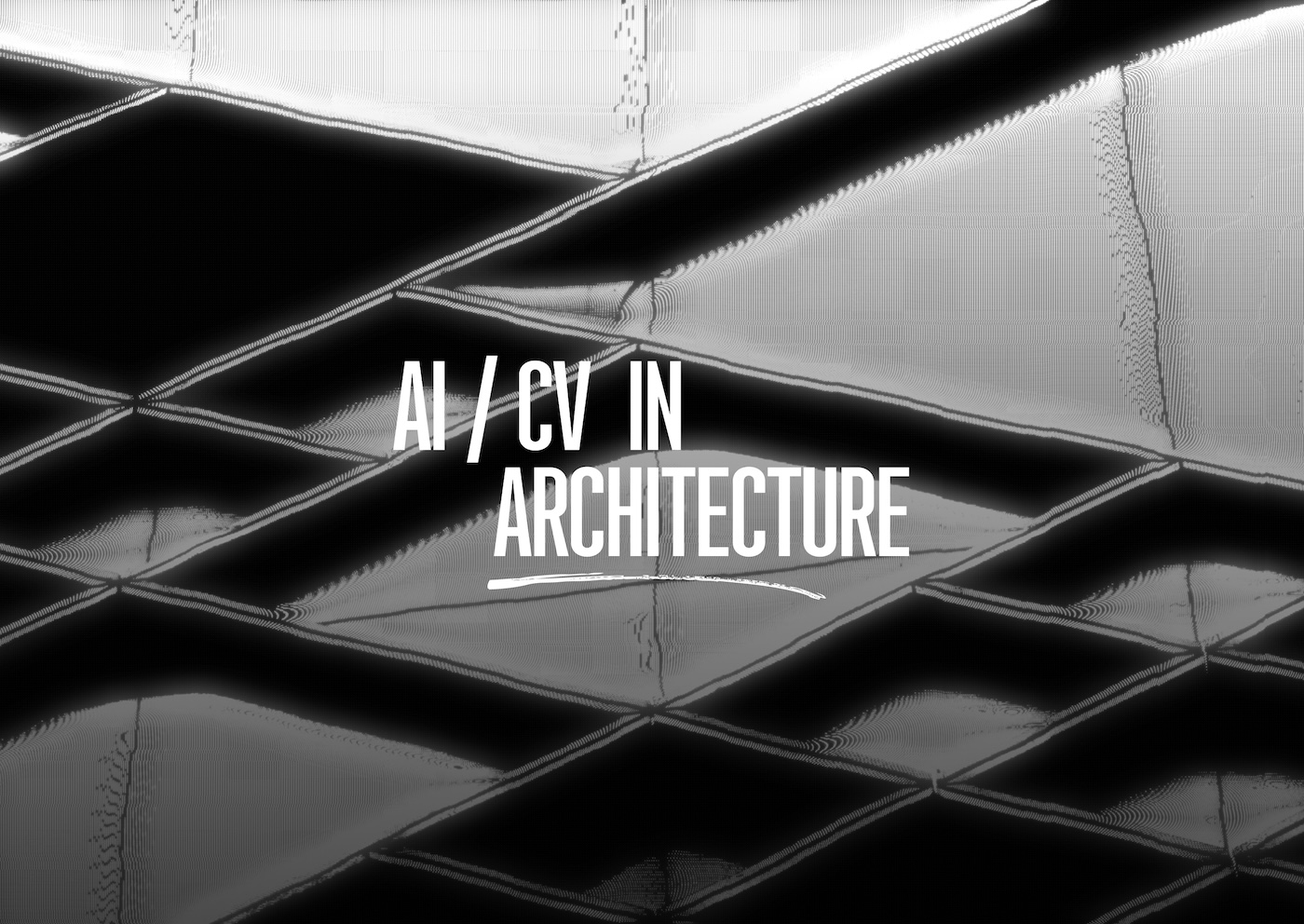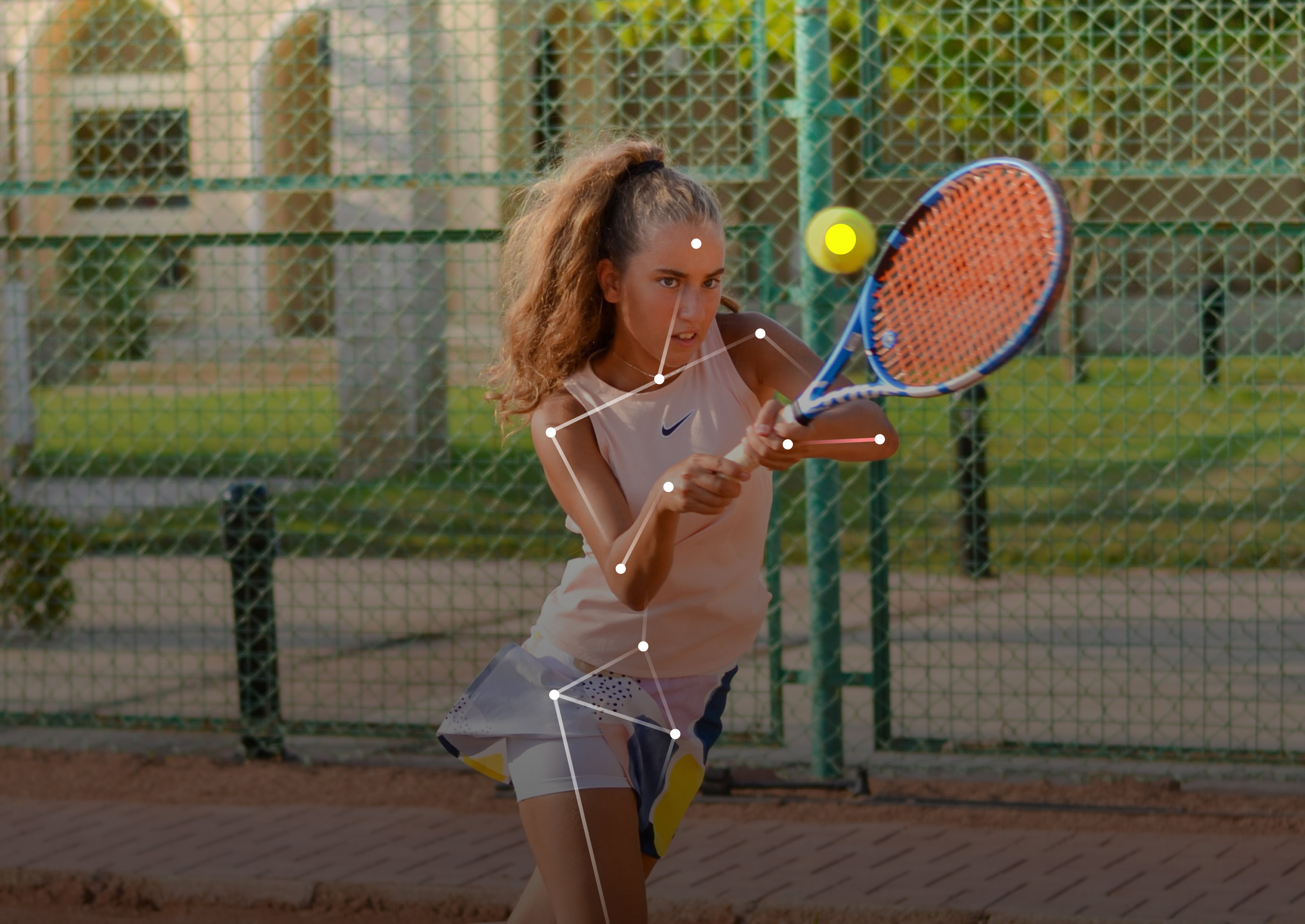

The foundation of AI-based analytics in tennis lies in the analysis of ball movement. By leveraging AI algorithms, we can track the ball's trajectory, speed, and even the exact moments when it hits the racket or the court. These insights allow athletes to refine their techniques and keep track of important details. The resulting visualizations such as the color-coded trajectory of the ball can ultimately lead to improved performance.

Another crucial aspect of AI and computer vision in tennis is the analysis of player movement. By using multiple calibrated cameras positioned around the court, we can capture different angles of the athlete during training. This data is then used to estimate 3D keypoints on the player's body (such as shoulders, elbows, wrists, and head position), creating a 3D model that provides valuable insights into their unique playing style and areas for improvement.
These analytics enable athletes and coaches to review videos and 3D skeletons based on the collected data, ultimately leading to more efficient training and better performance on the court.

Analyzing the court's geometry is another essential component of AI and computer vision in tennis. By detecting the court's lines and boundaries, as well as any restricted areas, we can better understand the playing field and help athletes refine their strategies.
When combined with ball and player movement analysis, this comprehensive understanding of the game's dynamics allows for more effective decision-making and training improvements.

The integration of AI and Computer Vision in tennis training has already proven to be a game-changer. By providing detailed insights into ball movement, player positioning, and court geometry, our advanced analytic algorithms have begun to revolutionize the way athletes train and compete. As AI technology continues to advance, we can expect even greater innovations in sports analytics, pushing the boundaries of human potential and transforming the athletic landscape for generations to come.
Computer vision technology is making its way into tennis, acting as a line arbiter. Coaches now use artificial intelligence to spot patterns that humans cannot see. AI is capable of quickly layering data to detect areas of significance. AI also accelerates media coverage of tennis tournaments, creating video content in seconds and making match highlights and smart playlists available to fans almost immediately after a match.
At OpenCV.ai, we are proud to be at the forefront of this transformation, and we are committed to driving the adoption of AI and Computer Vision technologies in sports and beyond. Our expertise and innovative solutions aim to empower athletes and coaches with the tools they need to excel in today's highly competitive sports environment.
